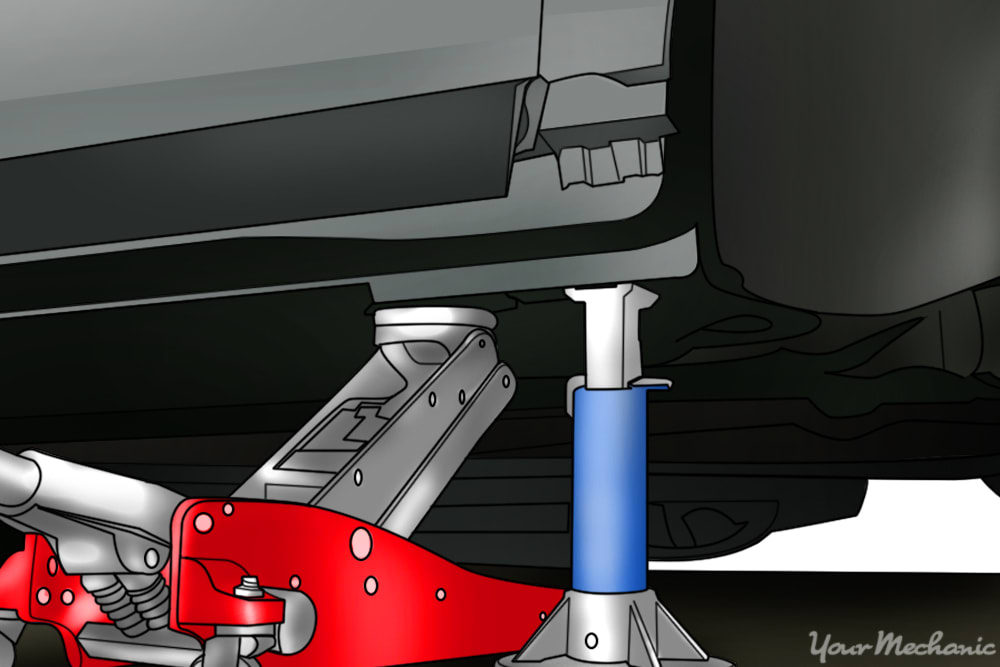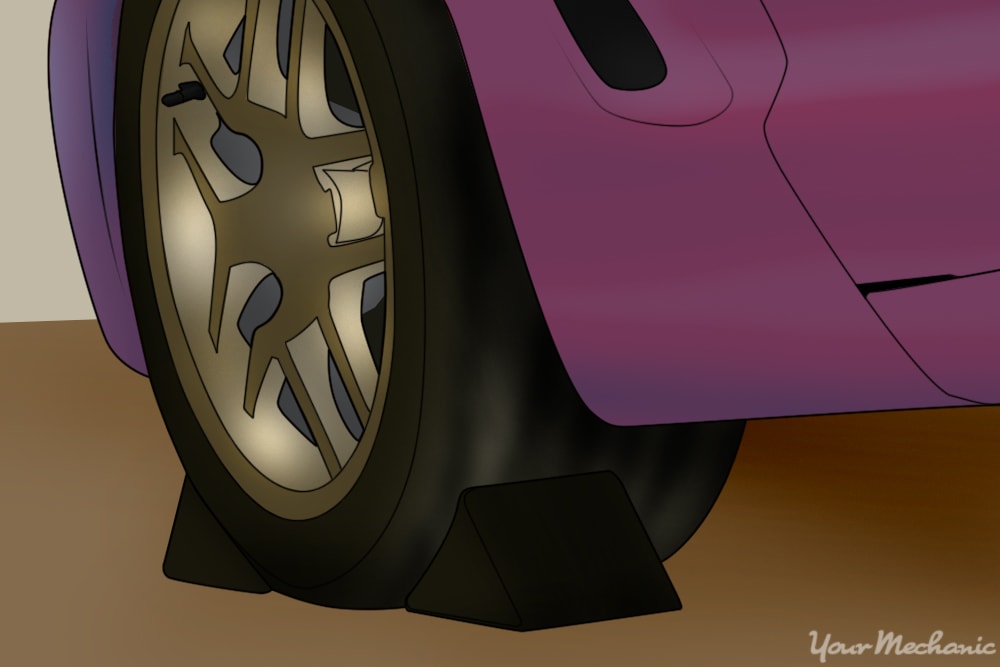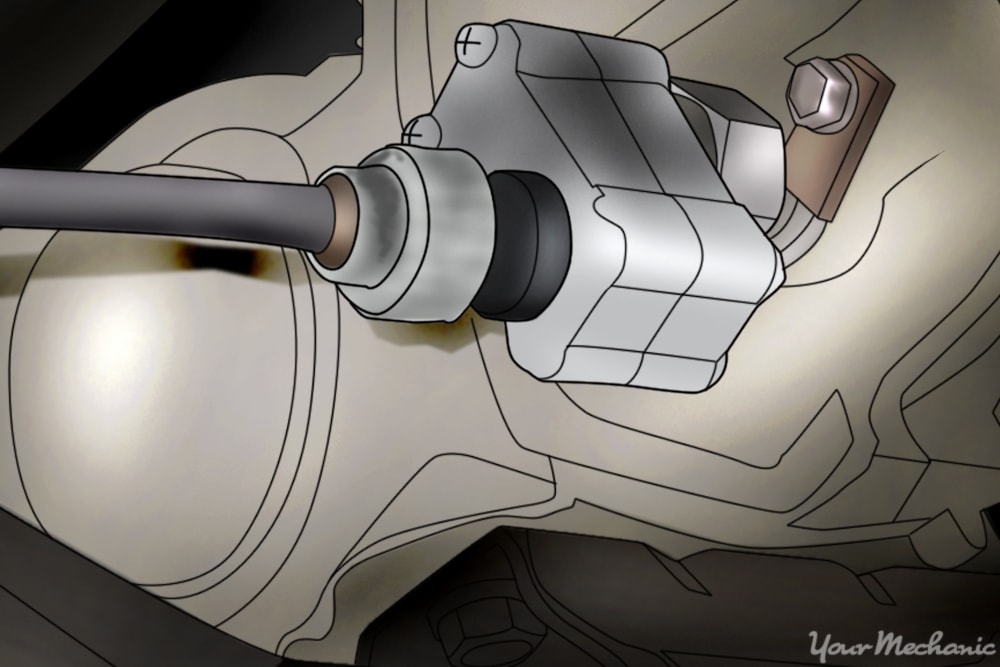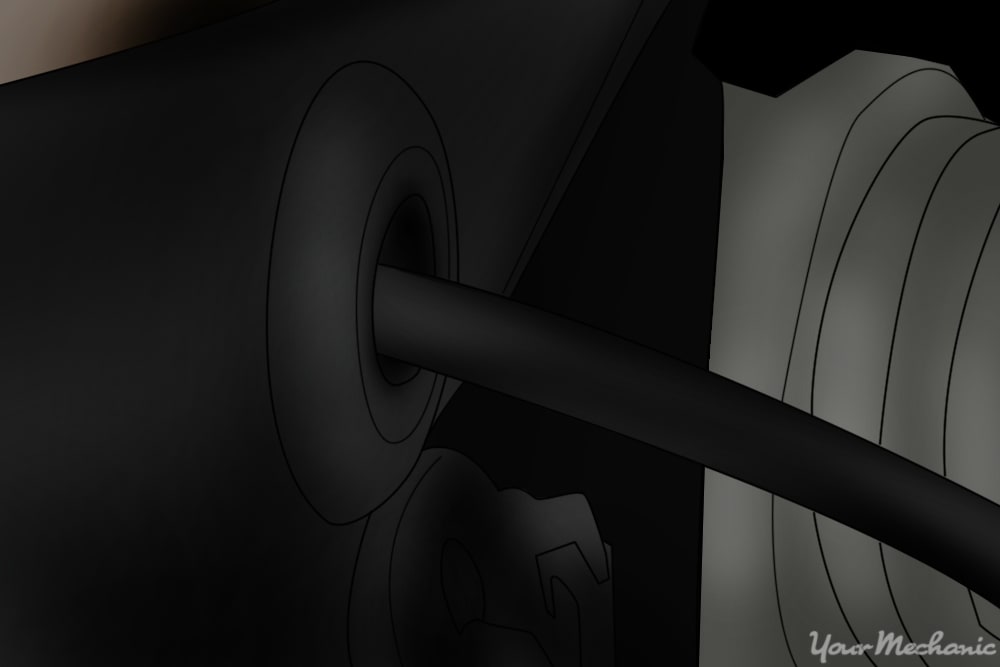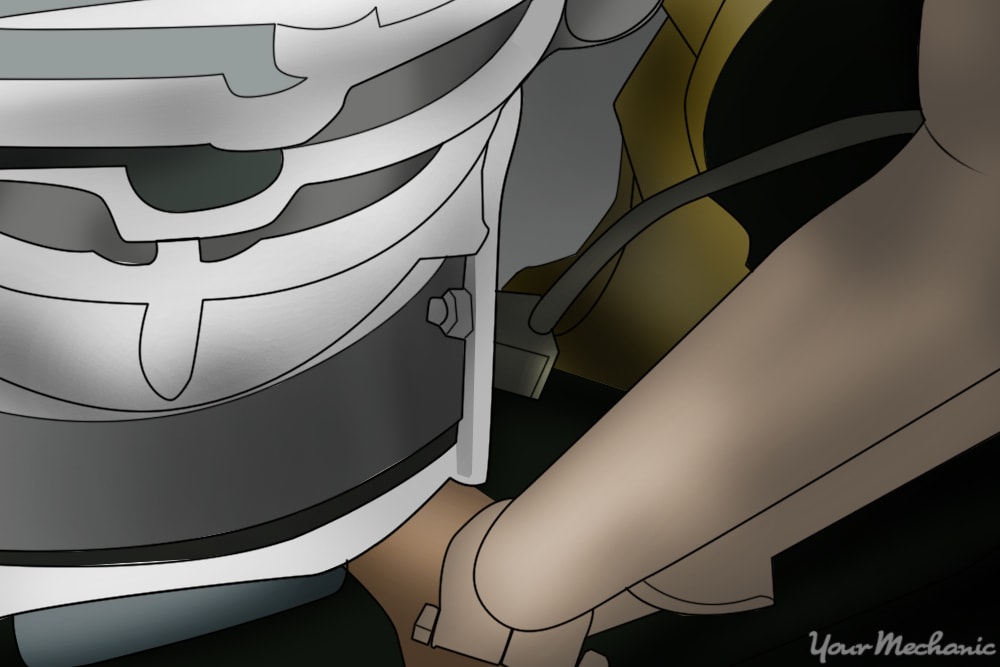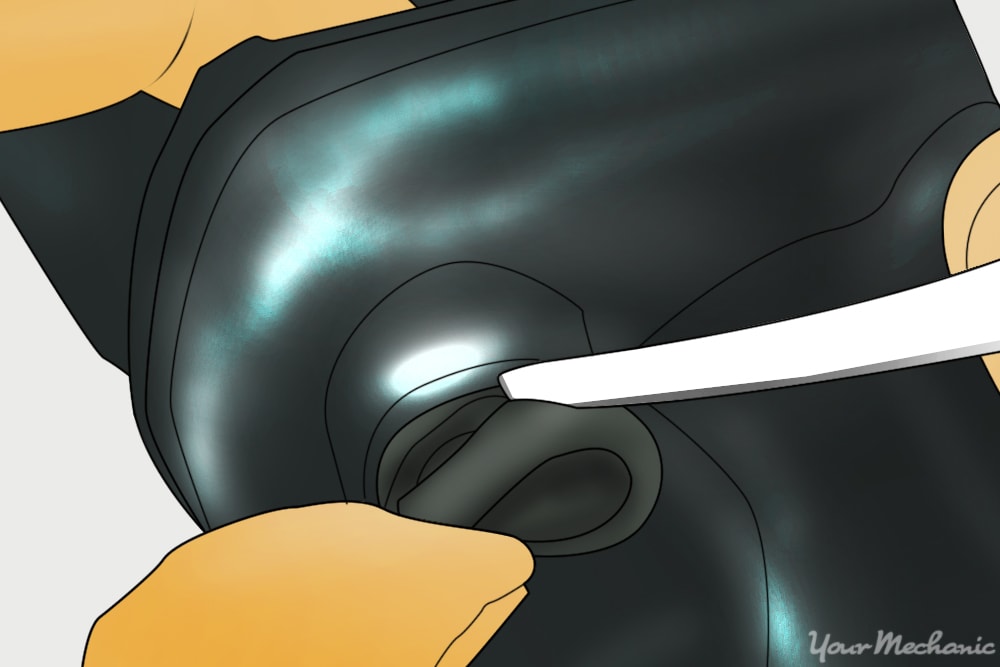

Most of the time, we all take a speedometer for granted. We get into our vehicle, fire it up, and take off. We just expect it to perform without having to think about how it does its job until it malfunctions.
The speedometer needle may start to jump around, show a speed on the dial that just seems off, or it may not function at all. These are all signs that there is a possible problem with the speedometer’s drive cable and/or housing. There are several individual components that can contribute to the erratic behavior noticed on the speedometer, but are focusing on replacing the speedometer housing and cable.
Some vehicles are equipped with a speedometer drive that allows for just the cable to be replaced, while others require the cable and housing to be replaced as an entire assembly. The housing may also need to be replaced due to damage or wear. Symptoms of a failing speedometer drive cable or housing include a speedometer that does not work or only works erratically and squealing noises coming from the dashboard.
This article is written with a focus on a mechanical speedometer system that uses a drive cable inside an outer housing. There is another style that uses an electronic sensor to send an electric signal up to the speedometer; however, we are focusing on the mechanical style for this article.
Part 1 of 1: Replacing the speedometer cable
Materials Needed
- Drain pan
- Hydraulic jack
- Jack stands
- Screwdriver set
- Socket set
- Wheel chocks
- Wrench set
Step 1: Jack up the vehicle and set jack stands. Jack up the vehicle and set jack stands using the factory recommended jacking and stand points.
Warning: Never leave the weight of the vehicle on the jack. Always let the jack down and place the weight of the vehicle on the jack stands. Jack stands are designed to handle the weight of a vehicle for an extended period of time, whereas a jack is only meant to support this type of weight for a short period.
Warning: Always be sure jacks and jack stands are set on solid ground. Setting either on soft ground can lead to injury.
Step 2: Place wheel chocks on both sides of wheels still on the ground. This lessens the likelihood of the vehicle rolling forward or back and falling off of the jack stands.
Step 3: Remove speedometer cable at transmission. It could be retained by a threaded collar, any combination of bolts or nuts, or a retaining clip.
Pull the speedometer housing from the transmission.
- Note: It is possible that some transmission fluid could be lost when the speedometer cable is removed. It would be advised to have a drain pan available to catch any lost fluid.
Step 4: Remove the speedometer cable at the speedometer. The other end of the speedometer cable is connected directly to the back of the speedometer.
This requires the removal of the retainer that holds it into place. Like the transmission end, it could be a threaded collar, a bolt/nut, or a retaining clip. Remove this retainer and pull it free from the speedometer.
- Note: Some speedometer cables can be accessed by simply reaching underneath the dash while others may require the removal of either an access panel or the instrument cluster. If the speedometer cable cannot be reached, consult a repair manual.
Step 5: Remove the firewall grommet. The speedometer cable housing has a grommet where it passes through the firewall.
Using a screwdriver, push the grommet free from the firewall. Remove any support brackets that hold the speedometer cable in place.
Step 6: Remove speedometer cable and housing. Take note of the routing of the assembly as you remove it.
Step 7: Compare replacement speedometer cable to the one that was removed. Lay the replacement speedometer cable next to the cable that was removed.
Check that the length is the same and that the drive ends on the cable are the same as the one removed.
Step 8: Transfer any necessary hardware. Transfer any necessary hardware over to the replacement speedometer cable.
Any mounting brackets, grommets, support brackets should be moved to the replacement.
Step 9: Install replacement speedometer cable and housing. Install the replacement speedometer cable and housing back into the vehicle.
Be sure to install it the same way it was removed, and be sure it is not kinked. Any kinks or bends will not allow the speedometer to work properly.
Step 10: Reinstall the grommet on the firewall. With the replacement speedometer cable in place, reinstall the firewall grommet.
It’s best to put a small amount of grease on the grommet before pushing it into the firewall, as this will help it to seat. It may also help to use a dowel, or flat blade screwdriver, to aid in getting the lip of the grommet seated.
Step 11: Reinstall cable housing ends. Reinstall both ends of the speedometer cable housing.
Be sure to engage the cable ends into the drive gears as they are installed. Retighten the retaining hardware.
Step 12: Remove the jack stands. Jack the vehicle back up and remove the jack stands.
Set the vehicle back down on the ground.
Step 13: Test drive the vehicle. Take the vehicle out for a drive to verify the replacement speedometer cable’s operation.
The speedometer should function smoothly at this point.
When a speedometer is functioning properly, it allows for smooth operation. Having a speedometer that works properly is not only aesthetically pleasing, but it can also keep you from getting a ticket due to an improper reading. If, at any point, you feel that you could use a hand with replacing the speedometer cable and housing on your vehicle, have one of YourMechanic’s certified mechanics come to your home or business and perform it for you.



